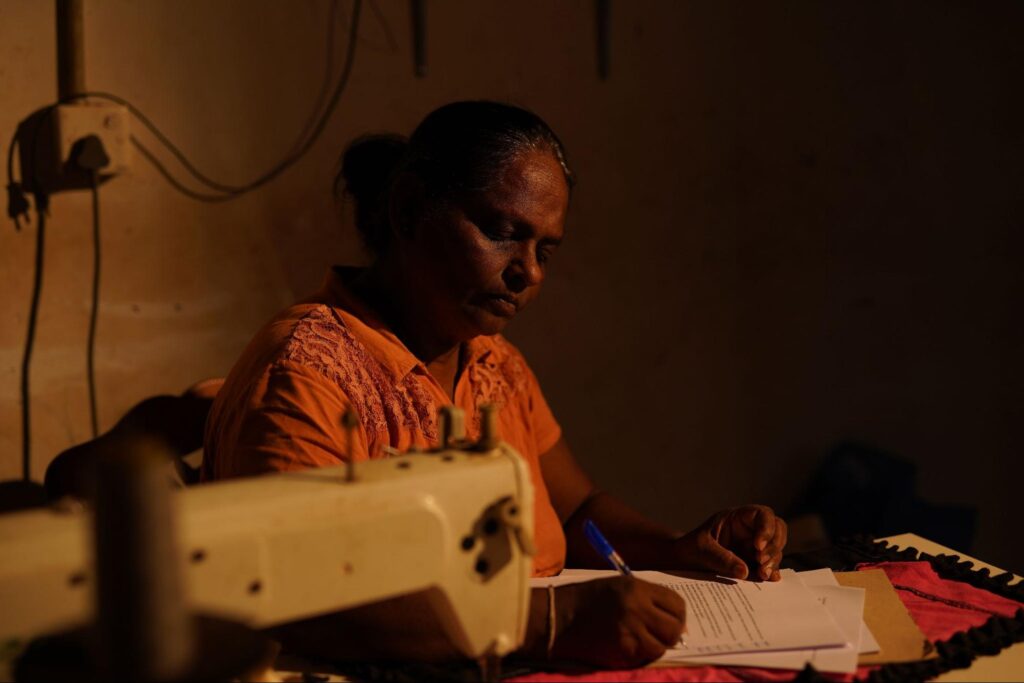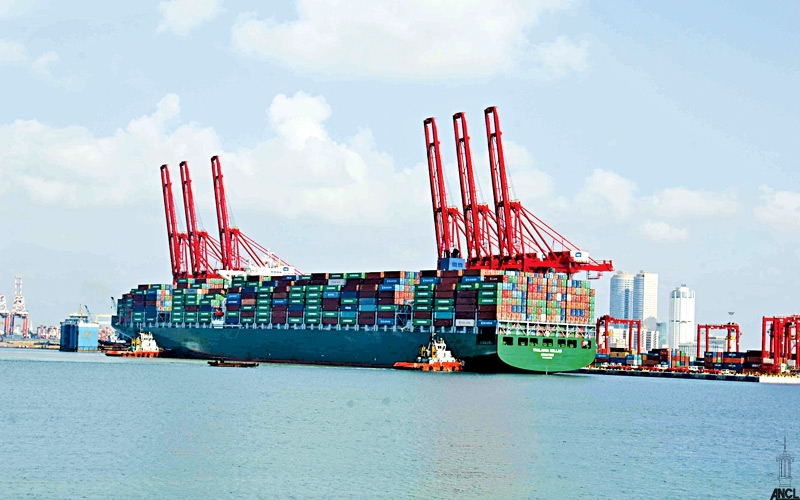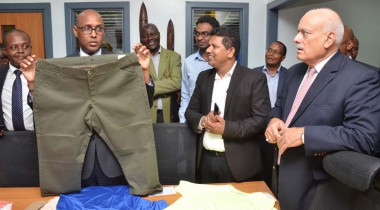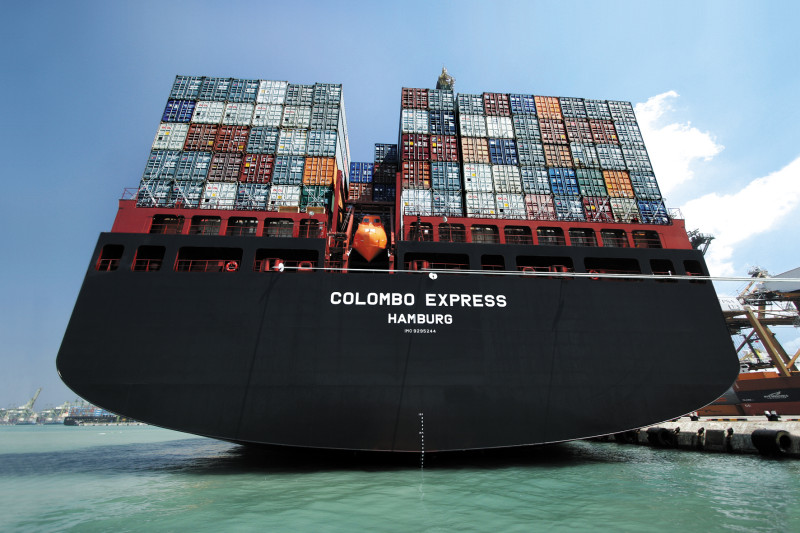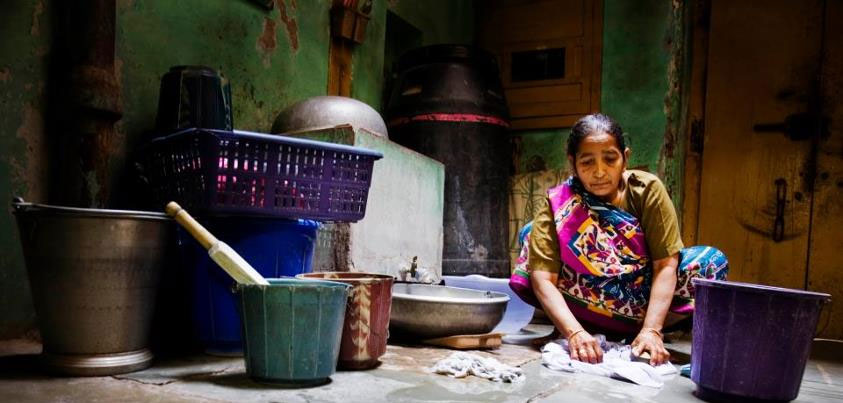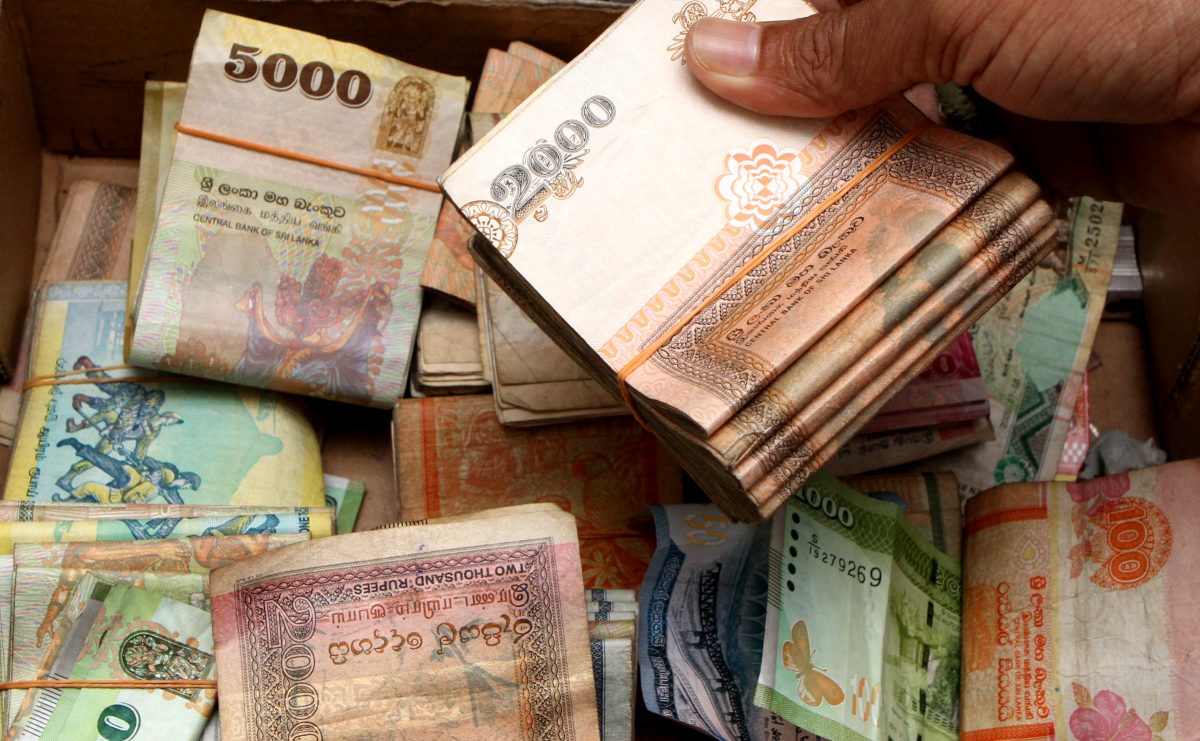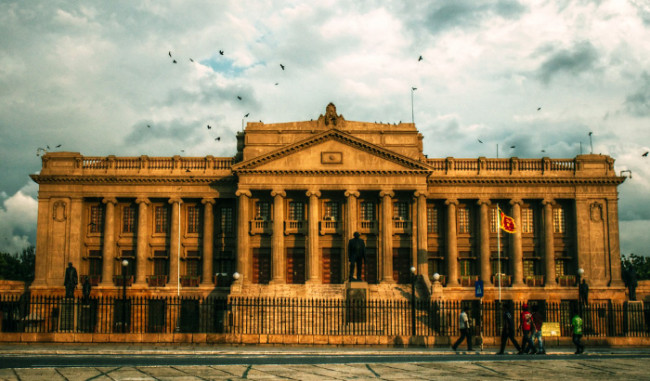
The media – both social and mainstream – has been all abuzz since Finance Minister Ravi Karunanayake presented the Budget for 2016 in parliament yesterday (November 20). Some of us endeavoured to watch all four hours of the proceedings (apparently the second longest budget speech in the history of our country), while the rest (most, actually) opted to follow media updates.
In the aftermath of it all, opinions have been shooting forth: some see it as a ‘people-friendly’ budget, while others feel it may be too optimistic.
MPs themselves displayed mixed feelings: government ministers consider it to be a “development oriented budget” while opposition MPs have argued that this budget, in all its openness to tourism development and foreign investment, will benefit foreigners more than locals.
Some interesting aspects to note about the new budget are the government’s apparent interest in carrying out proposed ventures via a PPP (Private-Public Partnership), and a willingness to provide unutilised state land for these ventures – which include the construction of houses and theme parks.
But what’s in it for the average Sri Lankan as we live out our daily lives? We decided to breakdown some of the aspects of the budget more pertinent to our everyday needs and wants, and then a little extra. Take a look:
Consumer Essentials
Apart from price reductions in gas and kerosene, the budget has also proposed reductions in prices of eleven other essential commodities:
- The price of a 12.5 kg cylinder of LP gas is to be reduced by Rs. 150
- The price of kerosene is to be reduced by Rs. 10
- Locally produced milk powder (400g) is to be reduced from Rs. 325 to Rs. 295
- The price of infant milk is to be reduced by Rs. 100
- The special trade tax on potatoes and big onions is to be reduced by Rs. 25/kg
- Canned Fish is to be priced at Rs. 125, sprats at Rs. 410/kg, and dry fish at Rs. 1,100/kg
- Dhal and chickpeas are to be priced at Rs. 169/kg
Although rice is not on the list, the Finance Minister did propose a guaranteed price of Rs. 50/kg for Keeri Samba, Rs.41/kg for Samba and Rs.38/Kg for Nadu and other varieties, offering consumers the possibility of purchasing rice at Rs. 65/kg on average. The government has also encouraged local farmers to produce rice varieties “that could access export markets.”
Essential items aside, consumers were given the added good news of a cut in import duties on garments, shoes and electronics – a move that the government hopes would convert Sri Lanka into a “shopping paradise.”
Also, a uniform rate is to be applicable for garments and footwear imported or manufactured and supplied to the local market by export oriented companies.
In addition to this, import taxes on sporting goods are to be removed.
Whether or not this means Sri Lanka will in fact be a shopping paradise remains to be seen, but we can at least hope to pay less for consumer items – or watch local manufacturers rise to the challenge of competing with cheaper imports.
Education
The education sector saw some pretty significant budget allocations, especially at primary and tertiary levels. Here’s a roundup:
- A total of Rs. 90 billion has been allocated for education (that’s 5.41 % of GDP)
- A Rs. 250 savings account is to be introduced to all Grade 1 students, while all teachers are to receive 2 years of training.
- Rs. 10 billion has been allocated to develop 3,577 primary schools.
- Rs. 4 billion has been allocated for improving sanitation facilities and water supplies to all schools in the island by end of 2016, and Rs. 2 billion for supplying electricity to all schools lacking electricity
- Rs. 450 million to develop lab facilities in schools and 15 billion for the development of libraries and IT centres
- Rs. 300 million allocated for free WiFi Zones in all universities
- Interest free loans for university students to purchase laptops
- A new university called the “Mahapola University” is to be established in Malabe with an investment of Rs. 3 billion.
And for book lovers, the added bonus: import duties on printed books, journals and magazines, will be removed.
Transport
The transport sector has also been promised significant improvements, including investment in public transport and rail infrastructure to tackle traffic congestion in the city. This includes a Rs. 15 billion allocation for road expansion, the Ruwanpura expressway, and the extension of Marine Drive up to Panadura.
Apart from this, it looks like the Mattala airport will finally be put to some use other than as a paddy storehouse: the government plans to utilise the airport for pilot training, logistic aero warehouse activities, cargo services, and as a cargo hub for air freight.
Meanwhile, three domestic airports are to be set up in Digana, Badulla and Puttalam.
On the road, incentives have been offered for environmentally friendly vehicles:
- Excise duties for vehicles run entirely on Solar, Hydrogen or Helium will be reduced to 2.5%
- A concessional loan of Rs. 150,000 for three-wheeler owners to convert their vehicles from fuel driven to electric three-wheelers
Health
The government is apparently keen to promote medical and healthcare tourism in Sri Lanka and has therefore proposed to introduce appropriate legislation to regulate this industry.
Apart from this, allocations have been made for the construction of three cancer hospitals, and upgrades for three existing state hospitals. The budget also makes significant allocations for the treatment of kidney disease.
Here’s a detailed breakdown of allocations for the healthcare sector:
- The establishment of 1,000 kidney dialysis centres at a cost of Rs. 6.5 billion
- Rs. 3 billion for the construction of 3 cancer hospitals in Nallur, Kandy and Matara
- Rs. 3 billion to upgrade the Anuradhapura, Kurunegala and Jaffna hospitals
- Rs. 200 million for mobile hospitals
- Rs. 5 billion to build and equip 10 district-based stroke centres attached to tertiary care hospitals within the next 2 years, and to strengthen the accident and emergency care services
- Rs. 1.5 billion to refurbish and expand the Sri Jayawardenapura hospital
- Rs. 2.5 billion to improve infrastructure facilities for training nurses
- Rs. 250 million allocated to the National Science Foundation to assist research in diabetes, dengue, CKDU and cancer
Leisure and Entertainment
It also appears that the government has been considerate enough to take citizens’ entertainment needs into account. The establishment of theme parks has been encouraged – and what’s more, state land will be offered for such ventures.
The government has also proposed to remove import duties on caravan carriages, yachts, speed boats, and surfing equipment – good news for travel and water-sports enthusiasts.
In addition to this, taxes on English and Tamil films are to be removed.
Taxes
In more good news wholesale and retail businesses have been exempted from VAT, although parameters regarding this need to be clarified. Super gain taxes previously imposed will also be done away with.
However, a surtax at the rate of 25% of income tax liability for tobacco, liquor and casino industries has been proposed, while the annual levy imposed on the casino business will be Rs. 400 million.
Meanwhile, the mansion tax introduced in the interim budget will continue to be applied, exempting condominium units.
In Conclusion…
The government is forecasting a budget deficit of 5.9% of GDP – that’s 740 billion rupees – against a 6% deficit in 2014.
All in all, the 2016 budget offers promising prospects for the agriculture, education, healthcare and transport sectors. It also appears to be, as noted by international media, a foreigner-friendly budget, in its removal of lease taxes, and overall promotion of foreign investment.
Other developments we can keep an eye out for are the digitalised NICs expected to be introduced in January next year, and possible improvements in environment and wildlife issues – given the Rs. 4 billion allocation for wildlife conservation and resolution of the human-elephant conflict over the next three years, as well as tax reliefs for adopting solar power.
The extent to which this government will deliver on these attractive plans and promises, however, remains to be seen. In the meantime, here are some interesting responses to the budget, that have been doing the rounds on Twitter over the last 24 hours:
SL to remove Taxes on foreigners leasing of land #SLBudget16 #Budget2016 much needed to promote investment
— Shiran Fernando (@ShiranFdo) November 20, 2015
#SLBudget16 Throwing LKR billions at complex problems like Kidney Failure or Human-Elephant Conflict won't solve them. Research needed too!
— Nalaka Gunawardene (@NalakaG) November 20, 2015
Favourite thing about SL budget announcement days is getting excited about things other countries have had for decades. #SLBudget16
— Andrew F Fernando (@andrewffernando) November 20, 2015
Ebay buyers, feel sorry for you. 2.5% Stamp duty if it's from a credit card. #SLBudget16
— Zaman Alferoz (@ZamanX90) November 20, 2015
#SLBudget16 proposes LKR 25k/hectare to #lka farmers instead of fertilizer subsidy: Does it signal end of 50+ yrs of misplaced agro policy?
— Nalaka Gunawardene (@NalakaG) November 20, 2015
Did FinMin just announce a Credit Guarantee Fund for SMEs? If he did, thats EPIC! Been calling for it for years #SLBudget16
— Anush Wijesinha (@anushwij) November 20, 2015
Yesterday Ravi K’s Budget Speech (Over 4 hours) was 2nd Longest Budget Speech. Ronnie de Mel Speech was 6 hours! #LKA #SriLanka #SLBudget16
— Sri Lanka Tweet 🇱🇰 (@SriLankaTweet) November 21, 2015
Now that Import duties going to be removed on speed boats selling my Maruti and buying this #LKABudget #srilanka pic.twitter.com/l3HhnB0Iio
— Budu™ 🙏 (@BuduMalli) November 20, 2015

